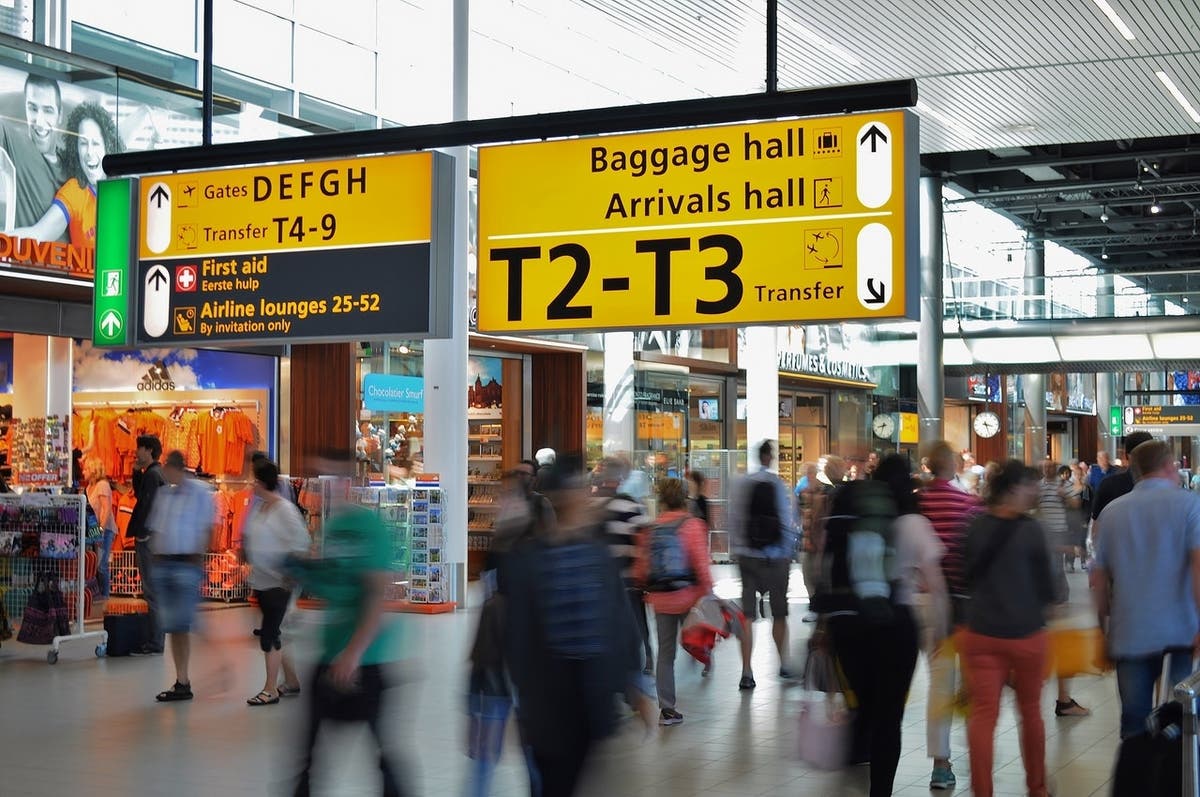Travel
TSA Installs New 3-D Security Scanners at JFK
The Transportation Security Administration has started replacing aging X-ray scanners with 3-D scanners at JFK...

From Hoyt Livery of New Canaan CT
The Transportation Security Administration has taken steps to improve airport security at John F. Kennedy International Airport with new checkpoint technology.
A new computed tomography (CT) checkpoint scanner provides advanced 3-D imaging and will replace aging X-ray scanners with 3-D scanners, according to a CBSnews.com article.
More effective at detecting bombs
The new 3-D scanners—which are being rolled out at a checkpoint at the American Airlines terminal at John F. Kennedy International Airport in New York City—use the same technology as CT scans and would change the way bags are scanned at airports across the country.
The brand-new Analogic 3-D CT scanner can see through just about anything in a carry-on bag to spot a potential threat, and the TSA believes that the new scanners will be able to spot explosives more effectively than older machines.
Concerns about certain explosives getting by some older X-ray machines prompted the TSA to ask flyers to take devices larger than a phone out of their bags, and remove food, liquids, and recently, powders. This new scanner technology may bring all that to an end. TSA Administrator David Pekoske commented, "What it's capable of doing is detecting a wider range of explosives, which is very important, as well as a much lower weight of explosives…they're just much better at detection, so you really get better security faster.”
And Jose Freig, American Airlines' head of security, painted a future image for travelers: "Just getting to that point when, in a non-precheck lane, you're able to keep your liquids, gels, aerosols, and laptops and electronics in your bags. It's a new era, if you will, and we're really excited about it." American Airlines donated eight of the scanners to the TSA, each costing around $300,000, including the one at JFK.
How the new scanner works
The Analogic scanner works like a CT machine in a hospital, seeing through even a cluttered bag and giving screeners the ability to zoom in and rotate the bag for a 360-degree view. The scanner creates a clear image of a bag's contents by shooting hundreds of images with an X-ray camera. The system can automatically detect explosives, including liquids, and help provide TSA officers with the three-dimensional views of the contents of a carry-on bag. TSA agents have found the 3-D scanners speed up the screening process by reducing the need for secondary bag checks.
Scanner rollout in progress
The TSA has also tested implemented CT scanner checkpoints at Phoenix Sky Harbor International Airport and Logan International Airport in Boston.
The TSA plans to have 15 scanners deployed to airports by the end of the year, and are authorized to buy up to 240 in 2019. They'll need about 2,000 to cover every airport checkpoint in the country.
Congress is pushing the TSA to get these out there as quickly as possible, but it'll take years to replace the old X-ray machines at every airport.
“It’s revolutionary,” says TSA Administrator David Pekoske. "We think in perhaps five years or so, the passengers won't have to take anything out of their carry-on bags.”
Source: CBSnews.com